Reviewed by Julianne Ngirngir
You're fumbling around your wireless charging pad at 2AM, trying to get that perfect alignment so your phone actually charges overnight. Sound familiar? That frustrating dance might finally be over, at least if you're willing to wait for Google's next flagship. Recent leaks suggest the Pixel 10 is bringing genuine Qi2 magnetic charging to Android—no case required.
Here's what you need to know: Android Authority reports Google is developing magnetic Qi 2.2 accessories under the "Pixelsnap" name, complete with built-in magnets for perfect alignment every time. We're talking about a magnetic charger, stand, and ring accessory—basically Google's answer to MagSafe, four years after Apple made it mainstream. The Pixel 10 series launches in August, and this could be the feature that finally makes wireless charging work the way it should.
Why magnetic charging actually matters (beyond the cool factor)
Let's break down what makes Qi2 different from the wireless charging you're probably using right now. Traditional Qi charging maxes out around 7.5W on most phones, but Qi2 delivers a minimum 15W charging speed with proper magnetic alignment. That's potentially double the charging speed you're used to.
But here's the kicker: the real benefit isn't just speed—it's consistency. Qi2's magnetic alignment minimizes energy waste, meaning you get faster charging even at the same wattage because more power actually reaches your phone instead of heating up your nightstand. When coils aren't perfectly aligned, energy gets wasted as heat in the charging pad rather than transferred to your battery. The Wireless Power Consortium reports that Qi2 can charge a smartphone from 0 to 50% in about 30 minutes—a massive improvement over the sluggish wireless charging we've tolerated for years. Plus, Qi2 extends charging distance to 8mm versus Qi1's 5mm limit, so thicker cases won't kill your charging speeds.
What took Android so long to catch up?
If Qi2 is so great, why has adoption been painfully slow on Android? The numbers tell the story: when Qi2 devices began rolling out in fall 2023, only iPhones supported it. Fast-forward to 2025, and we've got exactly one Android phone with true Qi2 support—the HMD Skyline, a $500 device most people have never heard of.
The big players have been playing it safe with workarounds. Samsung's Galaxy S25 series is "Qi2 compatible" but requires special magnetic cases to actually work with Qi2 chargers. Even Google told us the Pixel 9 phones don't support Qi2 because they claimed it had "no tangible benefits" and "weaker availability"—a stance that looks pretty short-sighted now.
The reluctance seems to stem from cost considerations and manufacturing complexity, but this cycle typically breaks when a major player like Google validates the technology, giving other manufacturers cover to invest in similar features. Phone makers seem reluctant to build Qi2 magnets directly into devices, preferring the easier route of magnetic cases.
Google's Pixelsnap could change everything
Here's where it gets interesting: leaked details suggest Google isn't just adding basic Qi2 support—they're going all-in with a complete ecosystem. The Pixel 10 will support Qi 2.2 with a "ConvenientPower CPS4041" controller chip that theoretically supports up to 60W charging. Google will likely cap speeds around 25-30W to balance charging speed with thermal management and battery longevity—a lesson learned from early fast-charging implementations that prioritized speed over long-term battery health.
The leaked Pixelsnap accessories include chargers in "Rock Candy" and "Mist" colors, suggesting Google is treating this as a major selling point rather than an afterthought. A leaked image shows a Qi2 charger attached to a naked Pixel 10, confirming built-in magnets without needing a case. This could make the Pixel 10 the first major U.S. Android flagship with native Qi2 support.
Where do we go from here?
Google's embrace of Qi2 could finally kick-start broader Android adoption. As 9to5Google notes, when a major manufacturer properly adopts Qi2 support, "every Android manufacturer now has a real reason to add support." The Wireless Power Consortium expects acceleration in Android Qi2 devices throughout 2025, with Samsung likely following suit.
But there are trade-offs to consider. Qi2's higher power delivery generates more heat, which can impact battery longevity over time. The efficiency of wireless charging is around 80%—this 80% efficiency represents a significant improvement over poorly-aligned Qi1 charging, which can drop as low as 50% efficiency when coils are misaligned. You'll also pay more—while 25W USB-C chargers cost under $10, Qi2 chargers typically run $15 and up. Still, the convenience factor is hard to argue with: perfectly aligned charging every time, compatibility with existing MagSafe accessories, and a cleaner setup without fumbling with cables.
PRO TIP: If you can't wait until August, companies like Ringke make MagSafe-compatible cases that give current Pixel phones access to magnetic accessories—though you'll miss out on the faster Qi2 charging speeds.
The Pixel 10's Qi2 support feels like Google finally admitting what we've known all along: MagSafe got wireless charging right, and it's time for Android to catch up. Whether other manufacturers follow suit quickly enough to make Qi2 the universal standard it should be remains to be seen—but at least Google is no longer pretending magnetic alignment has "no tangible benefits."




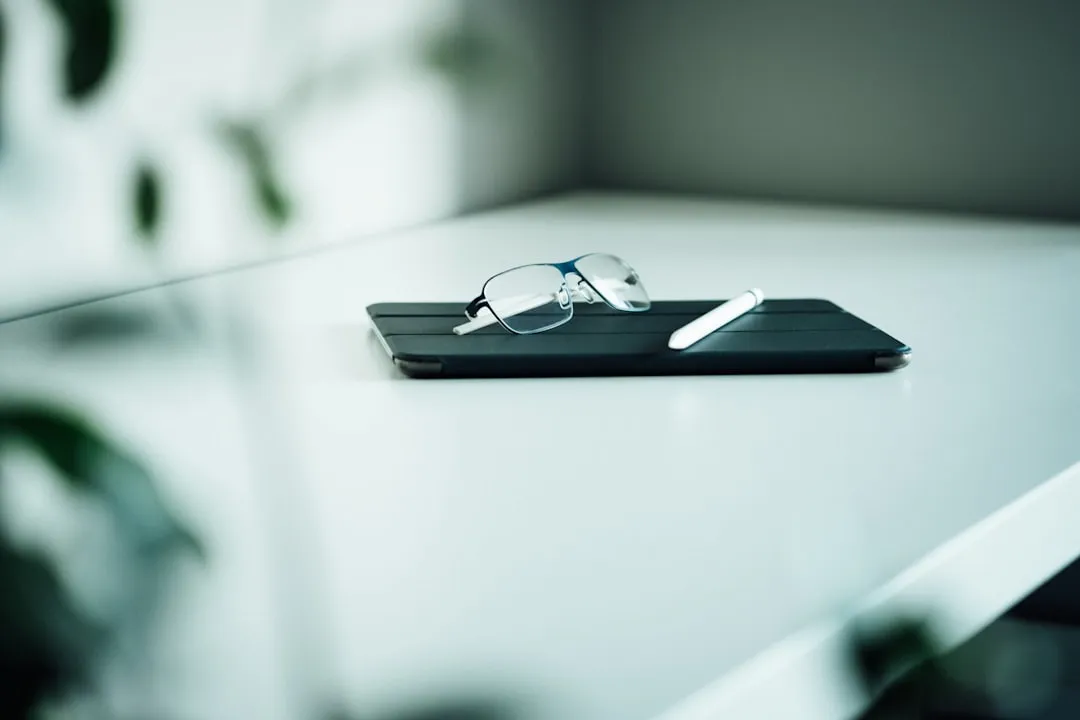

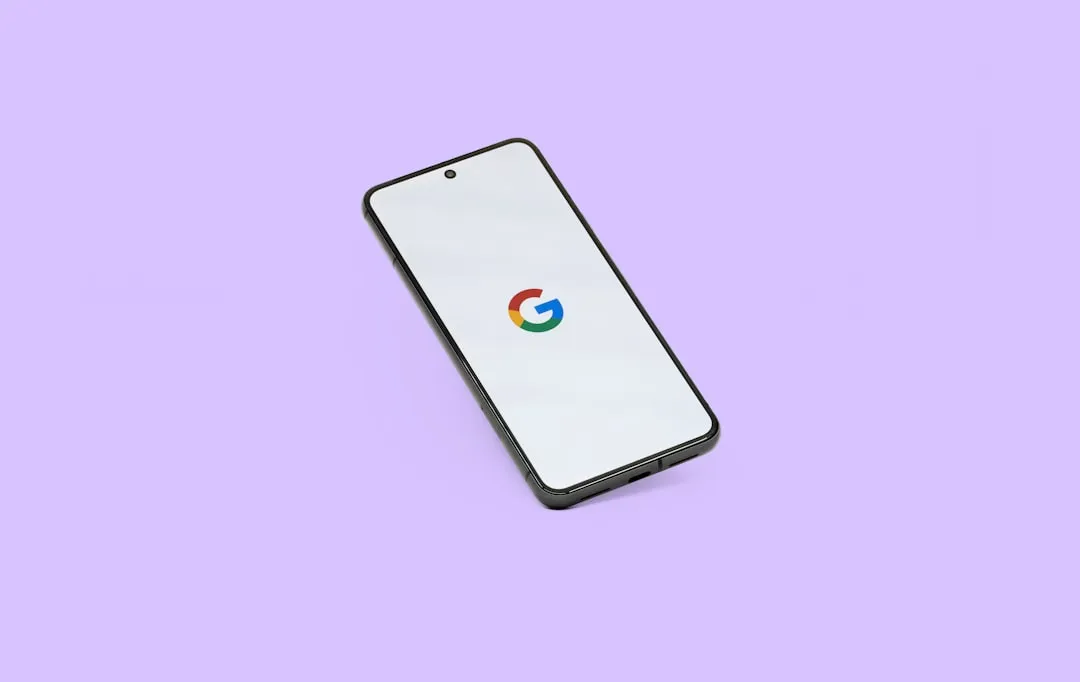

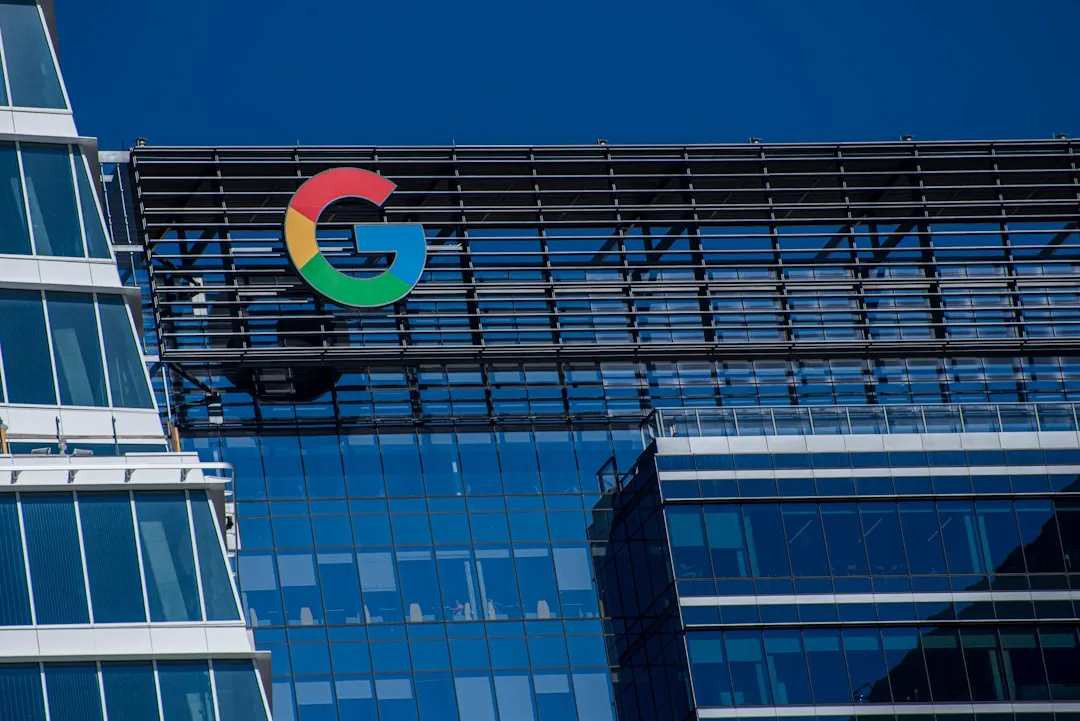
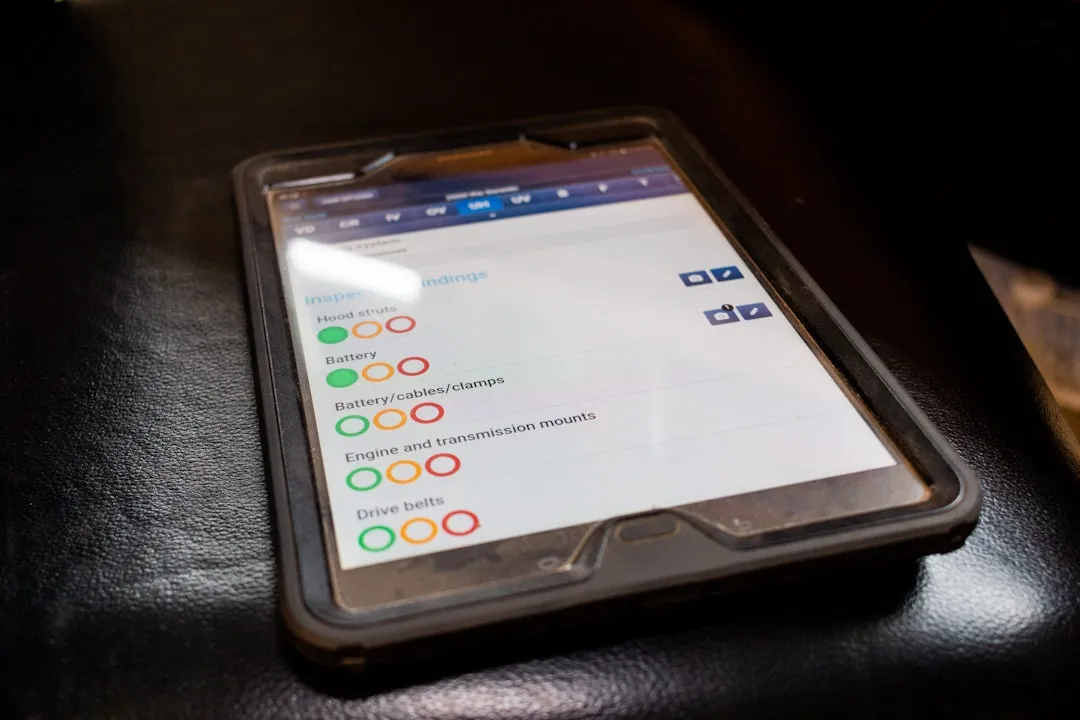


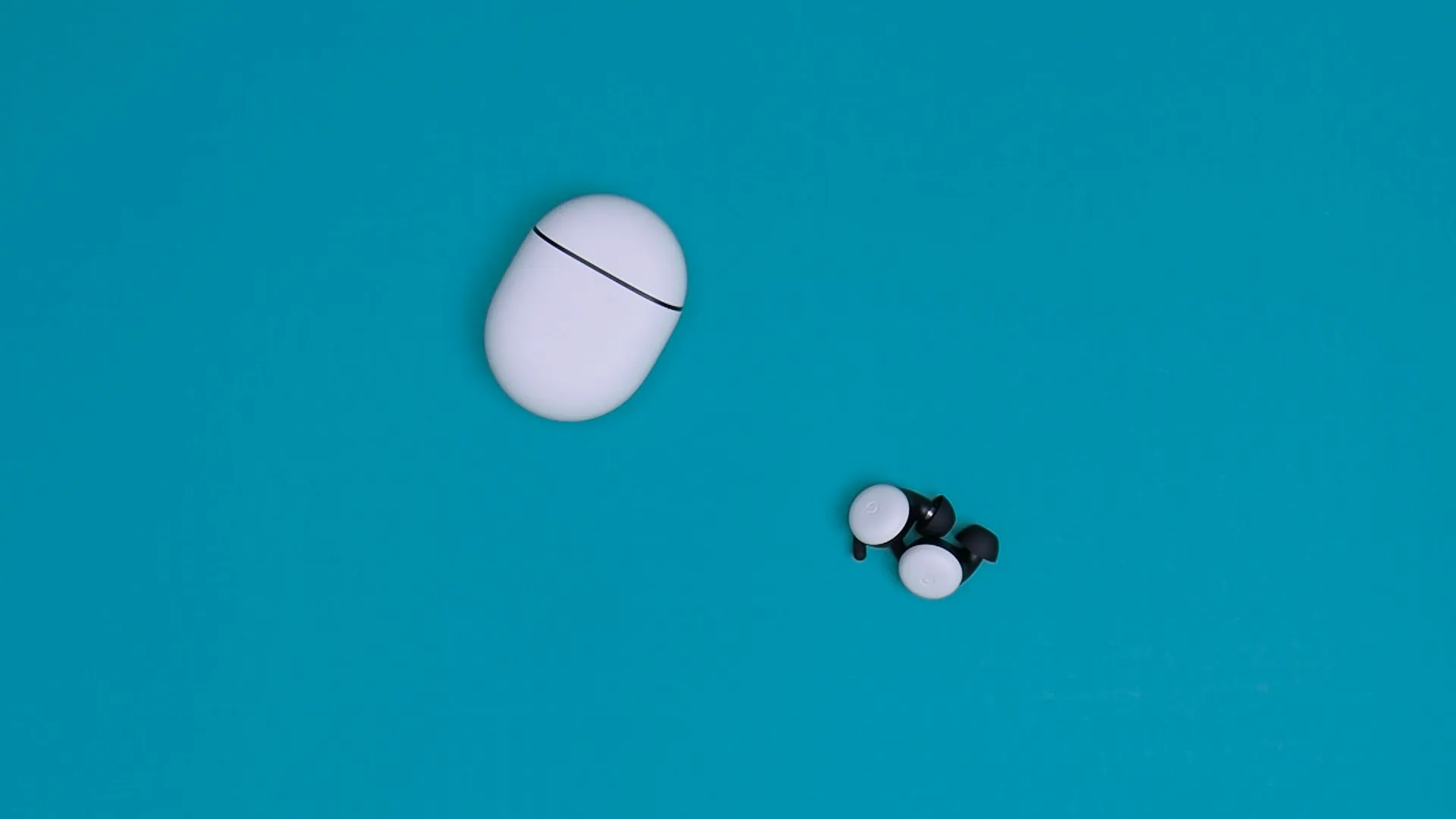




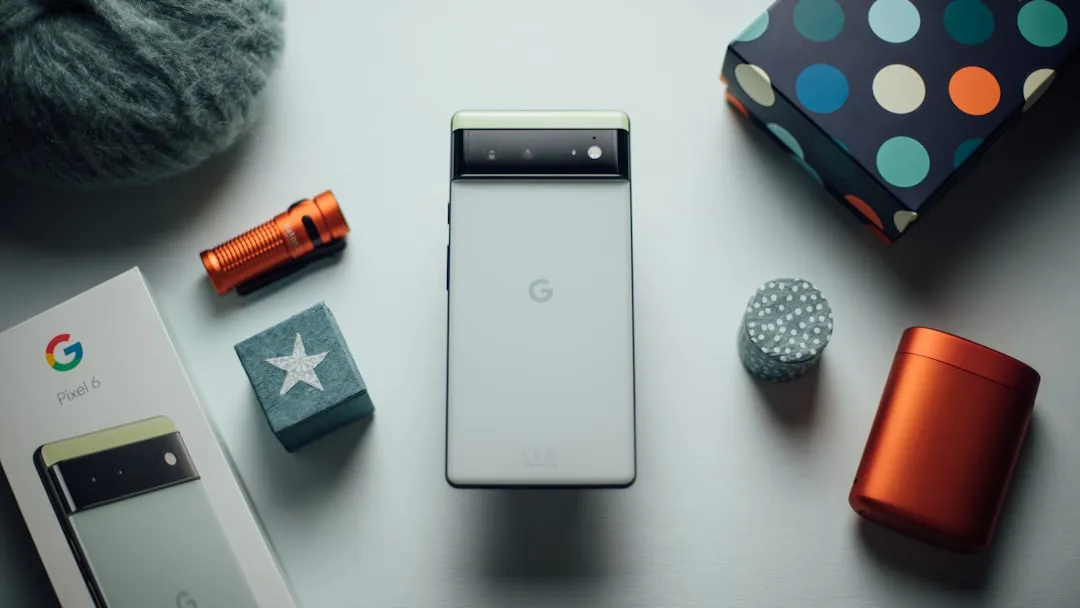
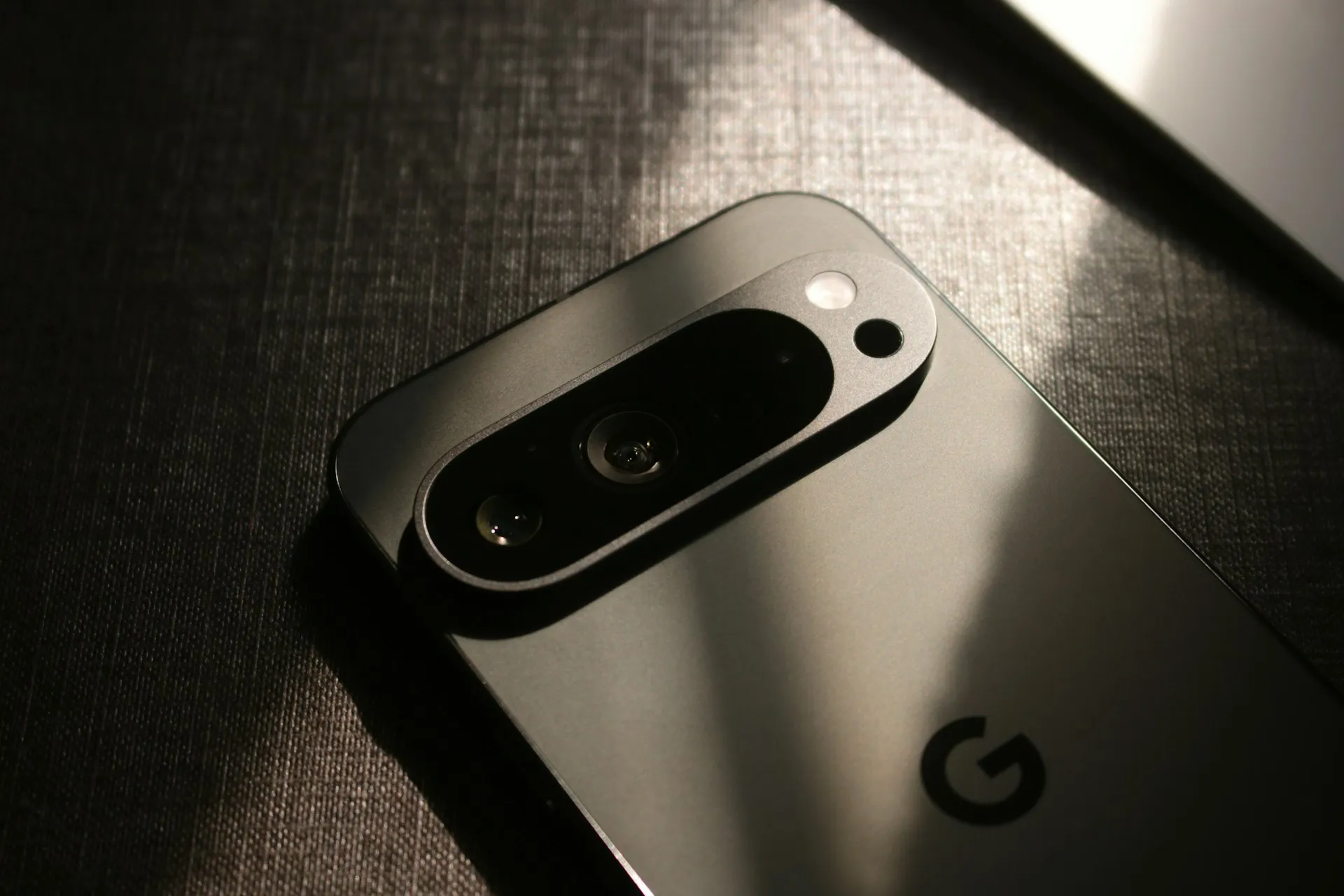
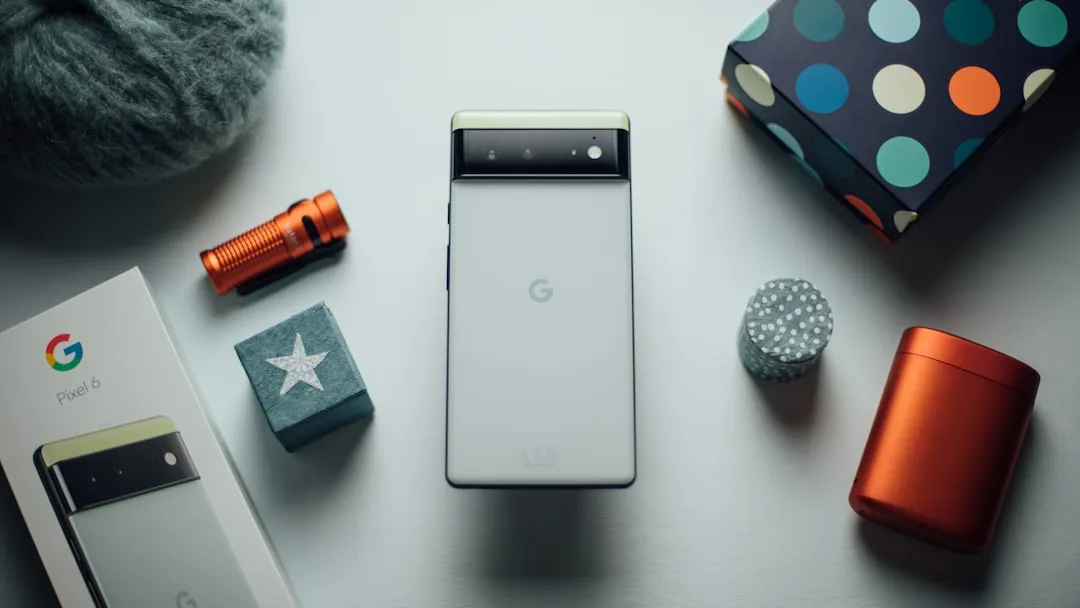
Comments
Be the first, drop a comment!